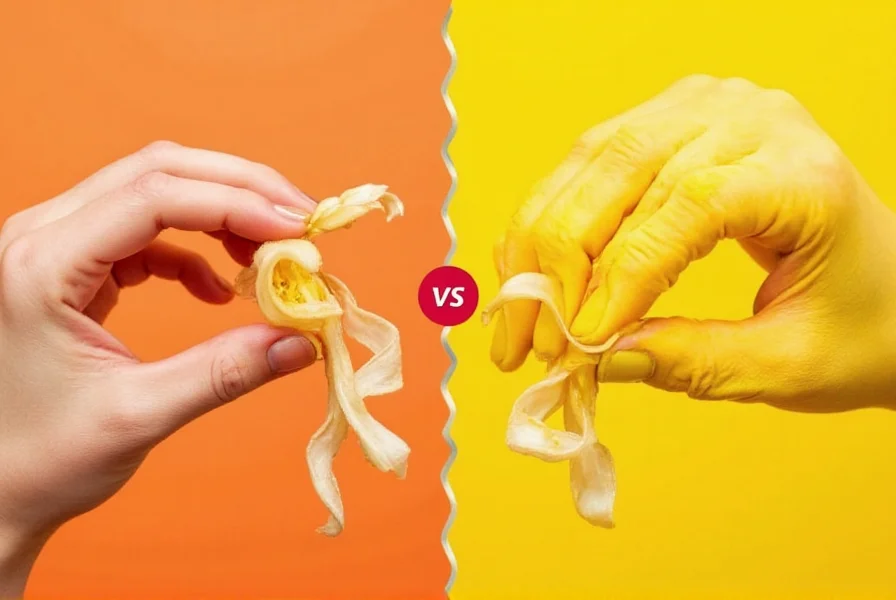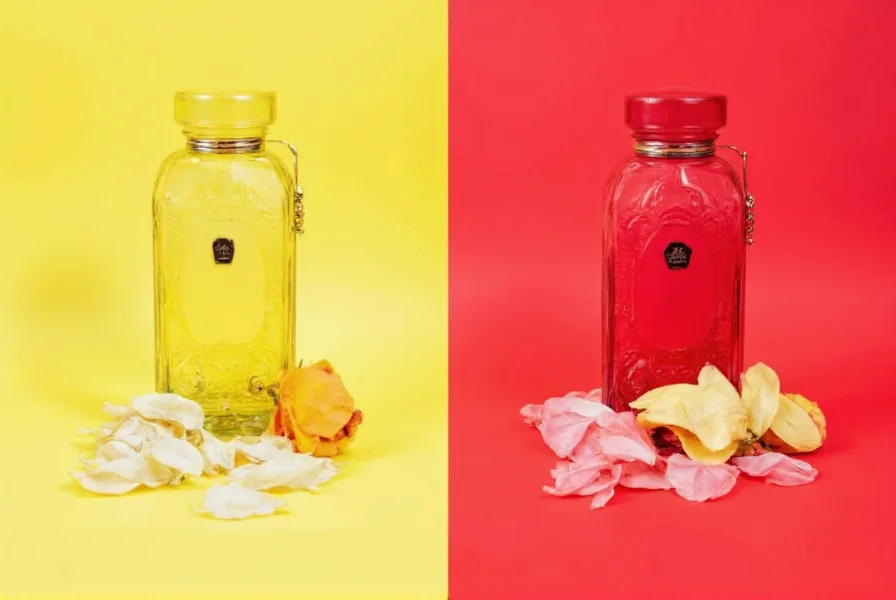Zaffron is not a recognized term in culinary or botanical contexts—it's almost certainly a misspelling of saffron, the world's most expensive spice derived from the Crocus sativus flower. Genuine saffron consists of delicate red stigmas hand-harvested from purple crocus blooms, with 150,000 flowers required to produce just one kilogram of the spice. This precious seasoning contains over 150 chemical compounds contributing to its distinctive golden hue, earthy flavor, and potential health benefits supported by scientific research.
When searching for information about “zaffron,” you're likely seeking details about saffron—the prized spice often misspelled due to its uncommon spelling. Understanding this common linguistic error is crucial for accessing accurate information about one of history's most valuable commodities. The confusion between “zaffron” and “saffron” represents a frequent spelling variation that affects search results and consumer knowledge about this remarkable spice.
What Exactly Is Saffron?
Saffron (Crocus sativus) belongs to the Iridaceae family and represents the dried stigmas of a specific crocus flower. Unlike many spices that come from seeds or bark, saffron's value derives from the meticulous hand-harvesting process required to collect the three delicate red threads from each purple crocus bloom. This labor-intensive collection method, combined with the flower's brief autumn blooming season, explains saffron's extraordinary cost—often exceeding $5,000 per pound for premium grades.
The distinctive characteristics of authentic saffron include:
- A powerful aroma reminiscent of honey and hay
- A taste profile featuring earthy, floral, and slightly bitter notes
- Remarkable coloring power that transforms liquids golden-yellow
- Three distinct chemical components: crocin (color), picrocrocin (taste), and safranal (aroma)
| Saffron Quality Grade | Coloring Strength (ASTA) | Flavor Intensity | Common Uses |
|---|---|---|---|
| Grade I (Coupe) | 250+ | Exceptional | Gourmet cooking, pharmaceuticals |
| Grade II (Mancha) | 200-250 | Very Good | Specialty dishes, baking |
| Grade III (Rio) | 150-200 | Good | General cooking, food manufacturing |
| Grade IV (Standard) | 80-150 | Moderate | Industrial applications |
The Historical Journey of Saffron
Saffron's history spans over 3,500 years, with evidence of its use appearing in ancient Assyrian botanical texts from the 7th century BCE. Historical records show saffron cultivation spread from its likely origins in Southwest Asia to Mediterranean regions, where it became integral to Greek and Roman cultures. Ancient physicians like Hippocrates prescribed saffron for digestive issues and heart conditions, while medieval European apothecaries valued it as both medicine and luxury item.
During the Middle Ages, saffron trade routes connected growers in Spain, Italy, and Greece with markets across Europe. The spice became so valuable that laws like the Safranschou code in Nuremberg (1344) imposed severe penalties for saffron adulteration. This historical context helps explain why genuine saffron remains exceptionally valuable today—its centuries-old reputation for quality and purity continues to influence modern production standards.
Modern Cultivation and Harvesting Practices
Today, approximately 90% of the world's saffron comes from Iran, with significant production also occurring in Spain, India (particularly Kashmir), and Greece. The cultivation process remains remarkably unchanged from ancient methods due to the flower's delicate nature:
- Bulbs are planted in well-drained soil during summer months
- Flowers bloom for only 1-2 weeks each autumn
- Harvesting occurs early each morning when flowers are closed
- Stigmas are carefully hand-removed within 15 minutes of picking
- Threads are dried using traditional methods to preserve chemical compounds
This painstaking process explains why saffron remains the world's most expensive spice by weight. Each flower produces only three stigmas, and it takes approximately 4,000 flowers to yield 1 ounce (28 grams) of dried saffron. The seasonal nature of harvesting—limited to a few weeks each autumn—further restricts supply and maintains high market value.

Culinary Applications and Proper Usage
Saffron's culinary versatility spans multiple global cuisines, though proper usage requires understanding its unique properties. Unlike many spices, saffron should never be added directly to dishes dry. Instead, professional chefs recommend:
- Steeping threads in warm liquid (water, broth, or milk) for 15-20 minutes
- Crushing threads with a mortar and pestle before steeping to maximize extraction
- Using only 10-20 threads per serving for most dishes
- Adding the infused liquid during early cooking stages for optimal flavor distribution
Traditional dishes featuring saffron include Spanish paella, Italian risotto alla Milanese, Persian tahdig, and Swedish saffron buns. The spice pairs particularly well with rice, seafood, and creamy sauces. When used properly, saffron imparts a subtle floral note without overwhelming other ingredients—a quality that distinguishes premium saffron from inferior substitutes.
Scientific Research on Saffron's Health Properties
Modern scientific research has begun validating many traditional medicinal uses of saffron. Multiple peer-reviewed studies published in journals like Phytotherapy Research and Nutritional Neuroscience have examined saffron's potential health benefits:
- Mood enhancement: Clinical trials suggest saffron extract may improve symptoms of mild-to-moderate depression
- Eye health: Research indicates crocin may protect retinal cells from damage
- Antioxidant properties: Saffron contains potent antioxidants that combat oxidative stress
- PMS relief: Some studies show reduced symptoms of premenstrual syndrome with saffron supplementation
It's important to note that most therapeutic research uses concentrated extracts rather than culinary amounts. While adding saffron to food provides some beneficial compounds, therapeutic effects typically require standardized supplements under medical supervision. The distinction between culinary use and medicinal application represents an important consideration for consumers researching saffron health benefits.
Identifying Authentic Saffron
Given saffron's high value, adulteration remains a significant industry problem. Consumers seeking genuine saffron should look for these quality indicators:
- Appearance: Deep red threads with orange-yellow base and no yellow styles
- Aroma: Distinctive hay-like fragrance with floral notes (avoid musty or chemical smells)
- Color release: Genuine saffron gradually colors water golden-yellow (not immediately red)
- Texture: Threads should be brittle and break easily when rubbed
- Packaging: Look for ISO 3632 certification and country-of-origin labeling
Common saffron substitutes and adulterants include safflower (often sold as “Mexican saffron”), turmeric, and dyed corn silk. These alternatives lack saffron's complex chemical profile and provide only color without the characteristic flavor and aroma. Understanding these differences helps consumers make informed purchasing decisions when searching for authentic saffron products.

Saffron Substitutes and Alternatives
For those seeking more affordable options, several saffron alternatives exist, though none perfectly replicate its unique profile:
- Turmeric: Provides similar golden color but lacks saffron's floral notes (use 1/4 teaspoon turmeric for 8 saffron threads)
- Safflower: Offers visual similarity but minimal flavor contribution
- Paprika: Adds color and mild sweetness but no floral characteristics
- Annatto: Provides color without significant flavor impact
When substituting in recipes, remember that these alternatives only address saffron's coloring properties, not its distinctive flavor profile. For authentic saffron taste, no perfect substitute exists—though some chefs combine turmeric for color with a pinch of cardamom for floral notes to approximate saffron's complexity in budget-conscious cooking.
Common Misconceptions About Saffron
Several persistent myths surround saffron that deserve clarification:
- “Zaffron is a different variety than saffron”: No recognized botanical or culinary distinction exists—zaffron is simply a common misspelling
- “All red threads labeled saffron are genuine”: Many products contain dyed substitutes that mimic appearance but lack authentic compounds
- “More threads mean better quality”: Quality depends on chemical composition, not thread count (lower quality saffron often contains more yellow style)
- “Saffron's value is just marketing hype”: The labor-intensive harvesting process and low yield per flower objectively justify its premium pricing
Understanding these distinctions helps consumers navigate the saffron market more effectively and avoid common purchasing mistakes. The persistent confusion between “zaffron” and “saffron” represents just one example of how linguistic variations can impact consumer knowledge about specialty food products.
Conclusion: Embracing Saffron's Unique Qualities
While “zaffron” may appear in search queries, the valuable spice in question is undoubtedly saffron—a culinary treasure with ancient roots and modern relevance. Its extraordinary cost reflects not marketing hype but the genuine labor required to produce this delicate spice. As consumers become more educated about authentic saffron characteristics, they can make better purchasing decisions and appreciate this remarkable spice's unique contributions to global cuisine and potential health applications. Whether you're a professional chef, home cook, or health-conscious consumer, understanding the truth behind “zaffron” versus genuine saffron represents an important step toward culinary literacy and informed consumption.
Frequently Asked Questions
Is zaffron the same as saffron?
Yes, zaffron is simply a common misspelling of saffron. No botanical or culinary distinction exists between the terms—all references to “zaffron” actually refer to the spice saffron (Crocus sativus). The misspelling likely occurs due to the unusual “sa-” beginning and the spice's relative rarity in everyday cooking.
Why is saffron so expensive compared to other spices?
Saffron's high cost stems from its extremely labor-intensive harvesting process. Each crocus flower produces only three stigmas, which must be hand-picked within a narrow 1-2 week autumn blooming period. It takes approximately 150,000 flowers to produce one kilogram of dried saffron, requiring significant manual labor. The seasonal nature of harvesting and delicate handling requirements further contribute to saffron's premium pricing.
How can I verify if my saffron is authentic?
To verify authentic saffron, perform these tests: 1) Place threads in warm water—genuine saffron gradually releases golden-yellow color over 15-20 minutes (not immediate red) 2) Smell the threads—authentic saffron has a distinctive hay-like aroma with floral notes 3) Examine threads—look for deep red color with minimal yellow style 4) Check for ISO 3632 certification on packaging. Avoid products with suspiciously low prices or excessive yellow portions in the threads.
What are the health benefits of saffron supported by research?
Scientific research supports several potential health benefits of saffron, including mood enhancement for mild-to-moderate depression, protection of retinal cells for eye health, potent antioxidant properties that combat oxidative stress, and possible relief from premenstrual syndrome symptoms. Most therapeutic research uses concentrated saffron extracts rather than culinary amounts, so these benefits typically require standardized supplements under medical supervision rather than regular cooking usage.
How should I properly store saffron to maintain its quality?
Store saffron in an airtight container away from light, heat, and moisture. The ideal storage conditions are cool, dark places like a pantry cupboard (not near the stove). Whole threads retain quality longer than powdered saffron—properly stored, they maintain potency for 2-3 years. For extended storage, consider dividing your supply and keeping a portion in the freezer. Never store saffron in clear containers where light can degrade its chemical compounds.











 浙公网安备
33010002000092号
浙公网安备
33010002000092号 浙B2-20120091-4
浙B2-20120091-4